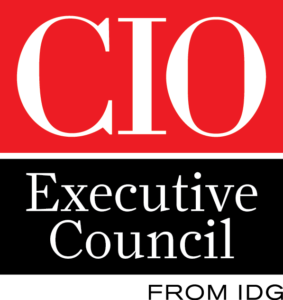KJR is proud to have partnered with the Chair in Digital Economy at QUT and Isobar Australia to develop an openly available Digital Maturity Model. We’re also proud to be partnering with the CIO Executive Council to establish a Digital Maturity Benchmark. More information about each of our partners is available their respective websites.
 |
 |
 |
BACKGROUND
The business environment is rapidly changing, and technology is shaping the way organisations can transform, gain and retain competitive advantage. Digital technologies are enabling new ways of producing goods and offering services; identifying better ways to engage customers, employees and supply chains; improving operational efficiency and fostering innovation. However, not all businesses are performing equally – some are embracing the opportunity, some are emerging, while still others are struggling to cope with the changes.
What are the key attributes of a successful digital business and what are the necessary steps to achieve success? Is technology, or perhaps leadership, strategy or culture the starting point? These questions have not been investigated in a systematic manner, especially in the context of verifying and testing them with a combination of academic and practical rigour.
This Digital Maturity Model consists of six digital capability indicators and seven digital impact indicators. The model will help organisations run a successful digital transformation to cope with emerging challenges. The model will also help assess organisations’ progress in implementing these technologies, and assist management in identifying new pathways for improvement and compare the progress with others.
OBJECTIVES
The objective for the model from KJR’s perspective is two-fold, firstly to assist organisations in the pre-assessment of their readiness for digital transformation, and furthermore to collect data from the questionnaire that will paint a picture of Australia’s digital maturity levels – building an index through which organisations can benchmark.
KJR Chief Technology Officer, Mark Pedersen says of what makes this model different; “in considering the challenge of developing a holistic view of digital maturity, it was essential for us to get perspectives from beyond our own area of technical expertise. As research partners, the Chair in Digital Economy at QUT were able to bring a broader academic perspective and process, while Isobar Australia have been the ideal industry partner. Where KJR specialise in identifying the technical risks inherent in digital projects, and therefore the kinds of engineering practices a digitally mature organisation needs to adopt, Isobar have been able to articulate the key strategic concerns and communication practices a digital business needs to focus on.”
USING THE MODEL
We’ve made the Executive Summary (Part A) and the Comprehensive Report (Part B) available for download, and you can access an online version of the scorecard right here. We do however recommend the best-practice use of the maturity model through a qualified facilitation and conversation with KJR or one of our partners. Our experts will guide the process and provide a wider understanding of not just where you sit in the stages of maturity but what this means for your organisation going forward.
To have an initial conversation about using the maturity model for your digital transformation, please call KJR to arrange an appointment with one of our consultants.